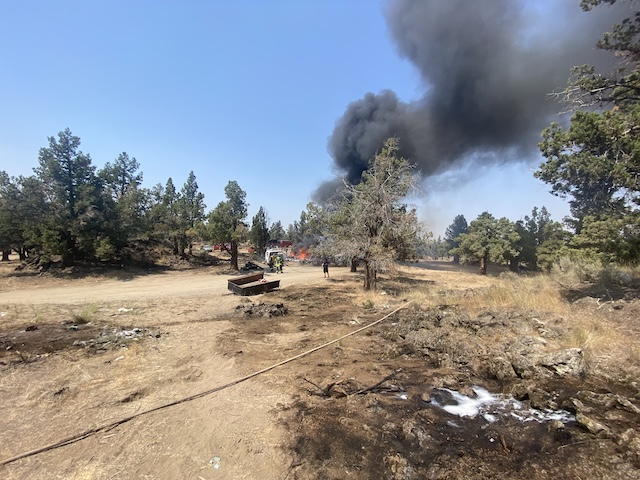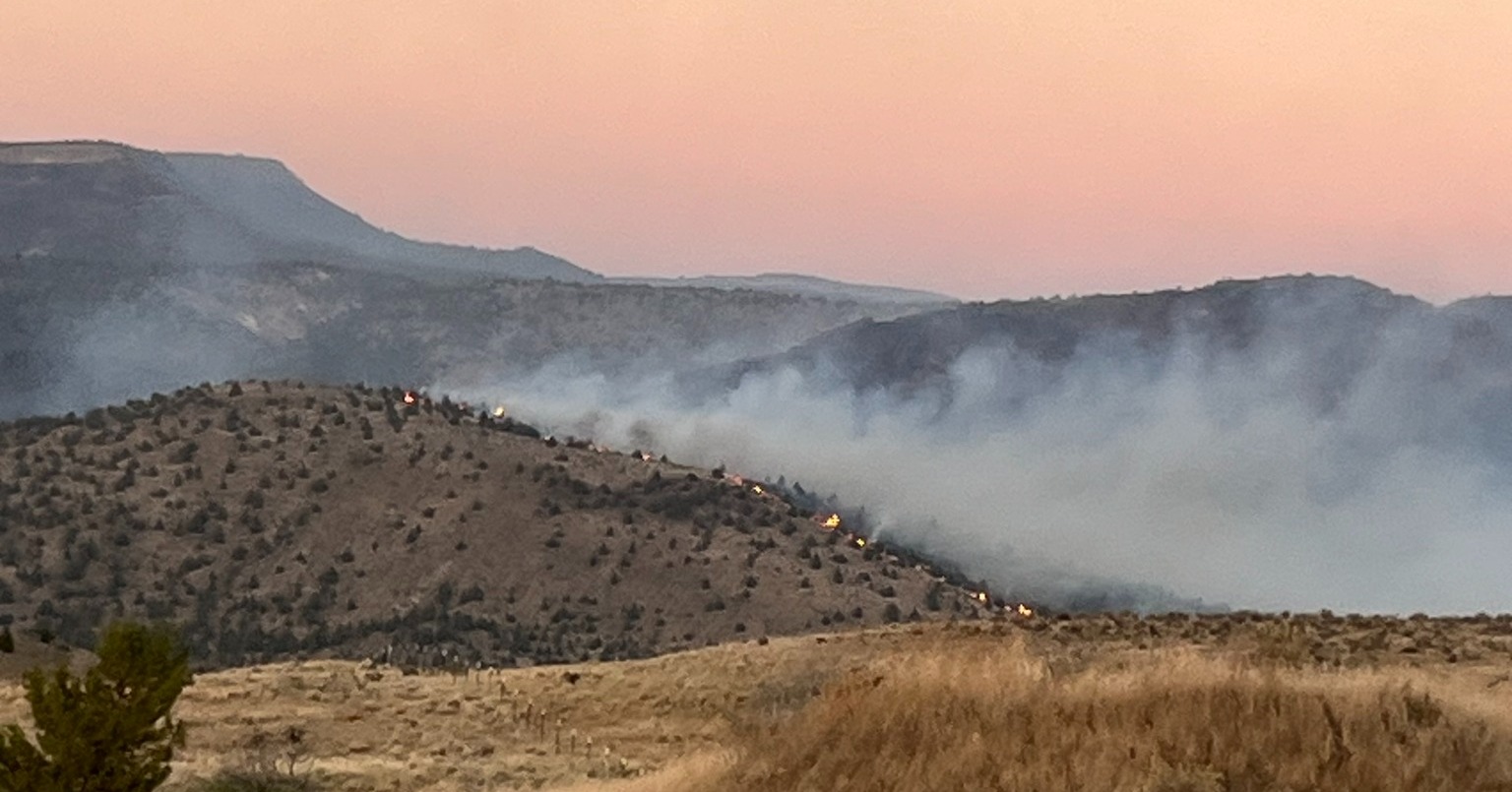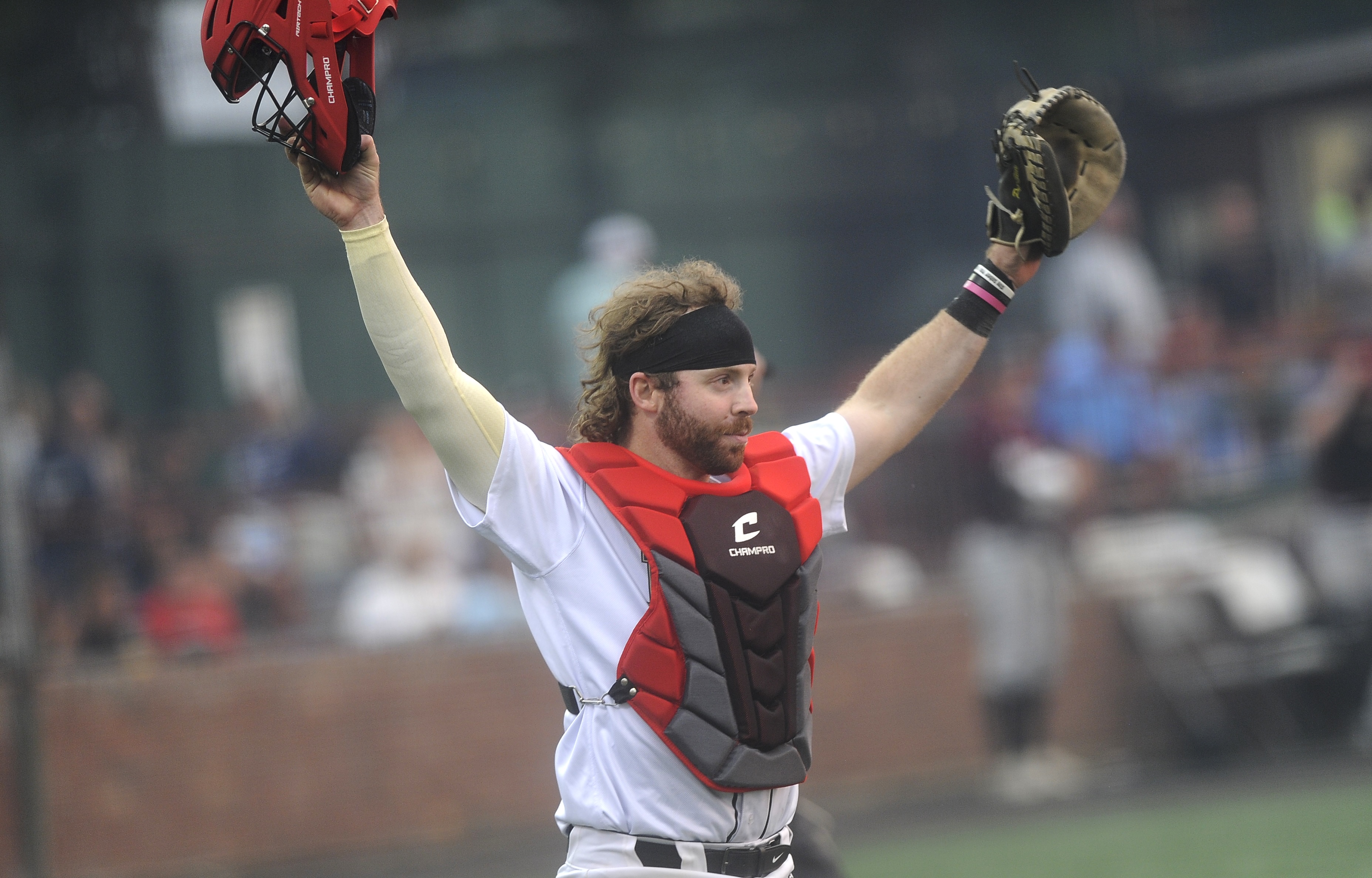Travel: ‘Vancouver USA’
Published 12:00 am Sunday, March 16, 2014

- Photos by John Gottberg Anderson / For The BulletinA three-story log bastion rises above the northwest corner of the Fort Vancouver replica, just as it did when the original fort was built in 1825. Eight cannons once fired salutes to ships arriving up the Columbia River, while protecting the fort against Indians and other threats.
VANCOUVER, Wash. —
Probably no city in the Pacific Northwest displays the range of regional history so well as Portland’s neighbor across the Columbia River.
Trending
In Vancouver USA — as the city of 165,000 calls itself, to be distinguished from the Canadian metropolis of the same name — the breadth of 222 years of European-American discovery, settlement and modern development can be revealed to a curious visitor in a single day. And it doesn’t take a lot of additional digging to discover the earlier, Chinookan-speaking tribal inhabitants of the riverine landscape.
When Captain Robert Gray discovered the mouth of the Columbia River in May 1792, naming it after his ship, the Columbia Rediviva, his crew traded with the tribes that inhabited the area. Only five months later, Captain George Vancouver intruded farther up the Columbia, sending some of his men upriver as far as the site of present-day Washougal, 18 miles east of where his namesake city now stands.
Those voyages paved the way for the Corps of Discovery, led by American explorers Meriwether Lewis and William Clark. Traveling to and from the mouth of the Columbia River, they camped in the Vancouver area in early November 1805 and late March 1806.
The 1811 establishment of Fort Astoria (later Fort George), 100 miles downriver, was followed in 1818 by the Treaty of Joint Occupation between the United States and Great Britain. It was an “agree to disagree” decision between the two powers. Both laid claim to the Oregon Territory and its wealth of beaver and other furs, but neither was ready to compromise on a border determination.
When the Hudson’s Bay Co., Britain’s fur-trading giant, chose in 1825 to move its regional headquarters from Fort George and built a new stronghold on the site of present-day Vancouver, it was a move designed to anchor England’s claim to all of Oregon, right down to the border of Mexican California.
Fort Vancouver
Trending
A replica of the original Fort Vancouver stands today at the heart of Fort Vancouver National Historic Site, a 366-acre reserve separated from the urban downtown by Interstate 5.
The original company fort, an American military post after 1846 when an international border was at last confirmed (at the 49th parallel, the modern U.S.-Canada border), served the region until 1860. It burned to the ground in 1866 and was subsequently ignored. But in 1947, archaeologists began digging on the site. They continue working today, having already recovered more than 2 million artifacts.
A dozen structures have been reconstructed; there are plans to build more. Blacksmiths and carpenters demonstrate their skills throughout the year, always using early 19th-century tools and methods. During summer and school holidays, other living-history interpreters in period clothing re-enact the chores of daily fort life.
Surrounded by a stake palisade as it would have been in the 1820s, the fort measures more than 300 feet wide and 700 feet long. At its northwest corner is a three-story log bastion with eight 3-pounder cannons; sentries stood here to protect the fort against Indians and other threats, and to fire salutes to ships arriving up the Columbia River.
Beside the main fort entrance is the Counting House. The administrative and bookkeeping center for Fort Vancouver, it was here that clerks kept records of all incoming and outgoing goods, employee pay and expenditures. Even in the 1820s, they were required to provide detailed annual reports.
For a time, the building also served as quarters for Captain Thomas Baillie of the British sloop HMS Modeste, which anchored at the fort for 18 months. Today those quarters have been re-created, right down to the almost-gaudy shades of paint that were popular in that era.
The chief factor
At the northeast corner is the chief factor’s residence. For two decades, this was the home of Dr. John McLoughlin, a Canadian-born Scotsman. McLoughlin was 41 years old when the Hudson’s Bay Company posted him at Fort Vancouver in 1825; as chief factor, it was his job to keep peace with the Native American population and protect British interests. McLoughlin was an astute businessman, and Fort Vancouver thrived under his leadership.
But he angered his Hudson’s Bay Co. superiors because of the kind way he treated the growing number of American settlers. McLoughlin made no effort to drive out the new pioneers. Quite to the contrary, he was hospitable and generous, selling them supplies and extending them credit to start their new farms and mills — even when those businesses directly competed with the fort’s own sawmills, grist mills, livestock and dairy farms, salmon fisheries and shipbuilding operations.
When the British evacuated in 1846, McLoughlin left the company, retired to Oregon City and became an American citizen.
Outside the fort’s palisade, as many as 1,000 people lived in the Company Village, which stretched south to the bank of the Columbia. They were a diverse group, representing many European countries, Native American tribes, Canadians, Russians and even Hawaiian islanders. And they comprised the largest settlement between San Francisco and Russian-controlled Sitka, Alaska.
On the north side of the palisade, outside the main entrance, gardens planted in the 1840s continue to flourish. Some consider these to be the seedbeds of Northwest horticulture and agriculture: They represent the first known organized local planting of vegetables, herbs and flowers in a formal plot, reflecting the garden’s English origins as well as some exotic additions — purple Peruvian potatoes, for instance, and West Indian gherkins.
On the south side of the modern fort, a 40-foot-wide pedestrian bridge that opened in late 2007 spans a busy expressway and links the fort to the banks of the Columbia River. Famed architect Maya Lin, who first gained national prominence for her Vietnam Veterans Memorial in Washington, D.C., was one of the designers.
Officers Row
A great place to begin a visit is the Fort Vancouver Visitor Center, operated by the National Park Service. A modest walk or a very short drive northeast of the fort replica, it has a small but interesting museum and plenty of maps and brochures to guide you around the reserve. An informative orientation video describes the history of the fort and its residents.
Currently being presented is an exhibit on the role of Fort Vancouver during the American Civil War (1861-65). Although the fort was officially neutral during the North-South conflict, it was a training ground for many Civil War officers — including Ulysses S. Grant, the commander of Union forces. Numerous other officers served both the Union and Confederacy as generals.
Ironically, Grant, a captain when he served at Fort Vancouver in 1852-54, did not reside in the house today known as the Grant House.
Built of hand-hewn logs in 1849, the handsome plantation-style building was then the home of post commander Lt. Col. Benjamin de Bonneville. Grant himself was a quartermaster who lived near the Columbia River.
But the house was renamed in his honor following Grant’s 1869-77 presidency. It is one of 21 restored grand officer’s residences along Officers Row, on the north side of East Evergreen Boulevard, facing the visitor center and the grassy Parade Ground. Most of these beautifully renovated Victorian homes, built between the mid and late 19th century, are now occupied by small businesses, attorney’s and governmental offices, and nonprofit foundations. Some are private townhouses.
The Grant House today is The Restaurant at the Historic Reserve. The first house on Officers Row and the oldest house standing in the reserve, it displays many historic photographs — including the earliest images of Grant sporting his trademark beard.
The showcase building on Officers Row is the antique-filled Marshall House. Built in 1886 in Queen Anne style, with steeply pitched roofs and asymmetrical floor plans, it has 15 rooms, six baths and nine fireplaces. Tours are available, by appointment or sometimes merely by walking in.
Civil War veteran General John Gibbon was its first resident, serving as post commander from 1886 to 1890. But the house was formally named for commanding officer George C. Marshall, who headed training for the region’s Civilian Conservation Corps camps in 1936-38. Marshall and his family lived here for 20 months, during which time he acquired funds to rehabilitate the old fort. He was the first to actively lobby for construction of a replica of old Fort Vancouver, deeding four acres to the City of Vancouver for that purpose.
Marshall today is best remembered for his Marshall Plan to rebuild post-war Europe, although he also served in the federal government as secretary of state and secretary of defense, and later was the president of the American Red Cross.
Pearson Field
Also essential to the World War II effort was Pearson Field, built in 1905 and now the oldest operating air field in the United States. Located on the eastern edge of Fort Vancouver, it was an important U.S. Army Air Corps base in the 1920s and 1930s, although it no longer sees military or airline activity.
Today Pearson Field is best known for its world-class museum of aviation history. The main showroom of the Pearson Air Museum is filled with dozens of historic aircraft, including the world’s first bomber and memorabilia from the world’s first nonstop trans-polar flight, a Russian expedition from Moscow to Vancouver in 1937.
A corridor around a flight-simulator laboratory, used in aviation education for youth, leads to an additional hangar — the second oldest wooden hangar in America, built in 1918. An aircraft restoration center occupies one corner of the building. There’s also a theater with continual showings of aviation films, and an excellent gift shop and library.
Fort Vancouver was a U.S. Army post for more than a century and a half, and was decommissioned only in 2001. Between major conflicts, the Vancouver Barracks sent men to protect settlers from Indians, to quell labor strikes, to keep order during Alaska’s Klondike gold rush, and to serve in the Philippines during the Spanish-American War. During the World War II, the fort assisted with the construction of the Kaiser Shipyards, which between 1942 and 1945 launched 141 vessels, including 10 liberty ships, from its Columbia River docks. The Vancouver Barracks today is home to two National Guard divisions, the post hospital and Red Cross offices.
Getting hip
Only a few years ago, there weren’t many good reasons to venture into downtown Vancouver, which dates its establishment to 1857 as Washington’s oldest city. Times are changing, however. Paced in part by a resurgence of the dining and brewing scene (when Lucky Lager closed its plant here in 1985, many throats went dry), there’s a younger, hipper sensibility to the central blocks of Main and Washington Streets, and around Esther Short Park.
The four-square-block park claims to be the oldest public square in the Pacific Northwest, having been named for a pioneer woman who arrived here in 1845. Flanked on the south by the Vancouver Hilton hotel and conference center, to the west by an almost-year-round farmers’ market, the park is the site of frequent summer concerts and festivals.
At its heart is the 69-foot Salmon Run Bell Tower, whose glockenspiel rings several times daily. And on its southwest corner is the Victorian-style Slocum House, built in 1867 and now used for community events; East Fork Cellars, a winery based in suburban Ridgefield, opened a tasting room in the house last summer.
On the north side of downtown, the Clark County Historical Museum is at home in the 1909 Carnegie Library building. Its current exhibits focus on native Indian basketry, local labor history, regional curiosities and millinery fashion. In the basement are historical archives that document every thread of southwestern Washington history.
But what I love most about this museum is its tiny Brautigan Library, named for Oregon-born novelist and poet Richard Brautigan (1935-1984). Envisioned by the writer in his 1966 novel, “The Abortion: An Historical Romance,” the Library for Unpublished Works was moved from Burlington, Vt., to Vancouver in 2010. It is exactly what the name suggests.
— Reporter: janderson@bendbulletin.com.








